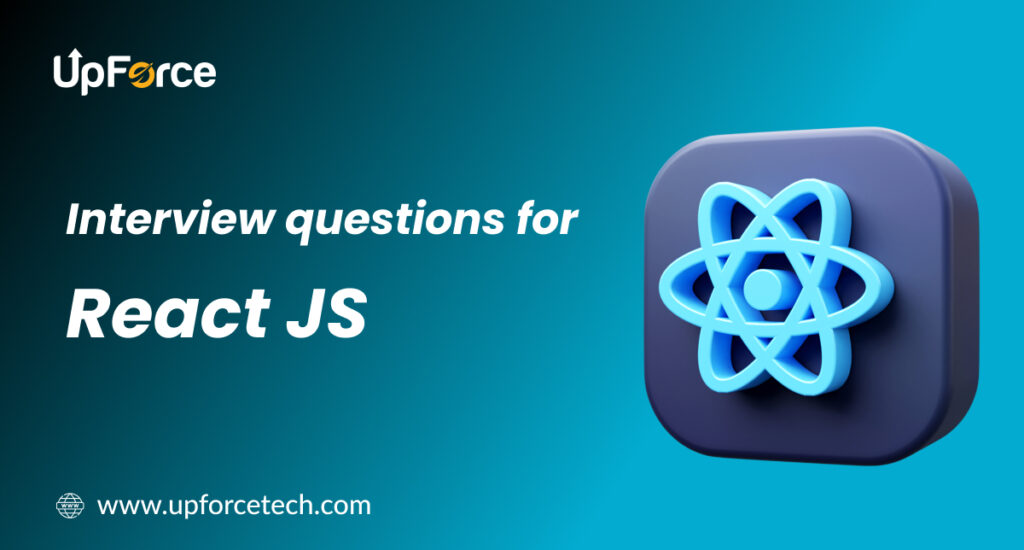Top React JS Interview Questions and Answers
Table of Contents
Top React JS Interview Questions and Answers
In today’s competitive tech world, React JS continues to dominate front-end development. Whether you’re a fresh graduate or an experienced developer, mastering the top React JS interview questions can be the game-changer for your next opportunity. This blog covers the most asked questions—categorized from basic to advanced—to help you prepare smartly.

Why React JS is Popular in 2025?
React JS, developed by Facebook, remains one of the most in-demand JavaScript libraries for building dynamic and responsive user interfaces. Its component-based structure, virtual DOM, and growing ecosystem make it a top choice for developers and companies alike.
✅ Fact: According to Stack Overflow Developer Survey 2025, React ranks among the top 3 front-end frameworks globally.
Basic React JS Interview Questions
These questions are perfect for freshers or those with under 1 year of experience:
1. What is React JS?
React JS is a front-end JavaScript library used to build user interfaces, especially single-page applications. It enables the creation of reusable UI components.
2. What are components in React?
Components are the building blocks of a React application. They can be class-based or functional and help in organizing the UI into independent, reusable pieces.
3. What is JSX?
JSX stands for JavaScript XML. It allows writing HTML inside JavaScript, making the code more readable and maintaining component structure.
4. What is the Virtual DOM?
The Virtual DOM is a lightweight JavaScript object, a copy of the actual DOM. It allows React to update only the changed elements, improving performance.
5. Explain props vs state.
Props are read-only and used to pass data between components.
State is mutable and managed within the component.
Intermediate React JS Interview Questions
Best for candidates with 1–3 years of experience:
6. What is useState and useEffect in React?
useState allows you to add state to functional components.
useEffect lets you perform side effects like data fetching, subscriptions, etc.
7. What is the difference between controlled and uncontrolled components?
Controlled Components have their form data controlled by React through state.
Uncontrolled Components store data internally using refs.
8. What are keys in React?
Keys help identify which items have changed, are added, or removed in a list. They help React optimize rendering.
9. What is prop drilling?
Prop drilling is the process of passing data from a parent to a deeply nested child component through multiple levels.
10. How do you optimize performance in React?
Use
React.memo,useMemo, anduseCallbackAvoid unnecessary re-renders
Lazy loading components
Code splitting using
React.lazy
Advanced React JS Interview Questions
Tailored for experienced developers (3+ years):
11. What is Context API?
The Context API allows you to share state globally without prop drilling. Useful for themes, language preferences, etc.
12. Explain React Fiber.
React Fiber is the new reconciliation engine in React 16+, offering better rendering and prioritization of tasks.
13. What are Higher-Order Components (HOCs)?
HOCs are functions that take a component and return a new component. They are used for code reuse in React.
14. What is Server-Side Rendering (SSR) in React?
SSR renders React components on the server instead of the browser, improving load time and SEO.
15. How does React handle memory leaks?
React uses cleanup functions in useEffect to prevent memory leaks by removing subscriptions, timers, and listeners.
Behavioral and Scenario-Based Questions
These test how you handle real-world scenarios:
16. How would you debug a performance issue in a React app?
I’d use the React DevTools to identify unnecessary renders, check network calls, and use useMemo or React.memo to optimize.
17. Describe a challenging bug you fixed in React.
Share a story involving state mismanagement, complex API integration, or DOM inconsistencies, and how you solved it.
Tips to Crack a React JS Interview
✅ Practice coding problems on platforms like LeetCode or HackerRank
✅ Understand React lifecycle deeply
✅ Build side projects using real-world APIs
✅ Read official React documentation regularly
✅ Stay updated with React’s new features (like Server Components, Suspense, etc.)
Final Thoughts
React JS interviews don’t just test your theoretical knowledge—they focus on problem-solving, clean code practices, and practical implementation. Use this guide to prepare thoroughly for your next interview and stand out as a skilled React developer.
Are you looking to Grow your business with skilled developers? Hire a contract developer today to bring fresh ideas and expertise to your team. Learn how UpforceTech can help!
Sign up for the free Newsletter
“In the world of front-end development, mastering React isn't just a skill—it's a superpower.”
UpforceTech
FAQs
Yes, React JS, along with a solid understanding of HTML, CSS, JavaScript, and REST APIs, is enough to land a good front-end role.
Focus on React 18 and its latest features like concurrent rendering, useTransition, and Server Components.
Yes, many companies include a coding test or live coding challenge in their interview process.


One Response
Nice questions, practicing for my javascript interview next week.